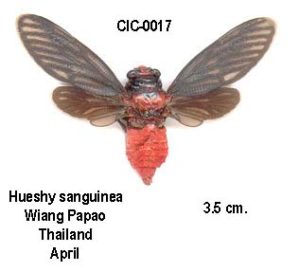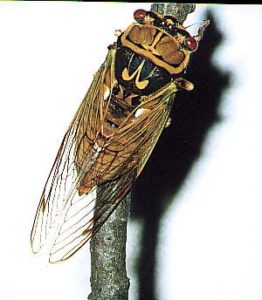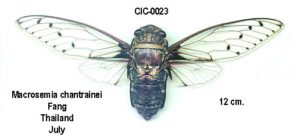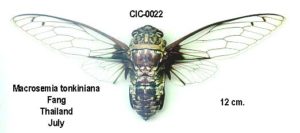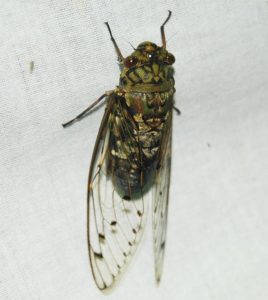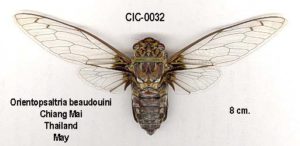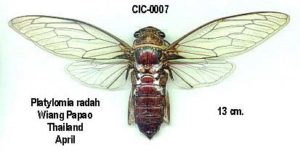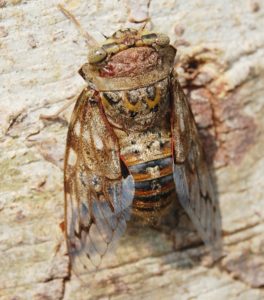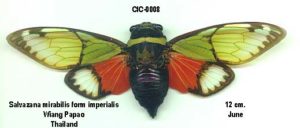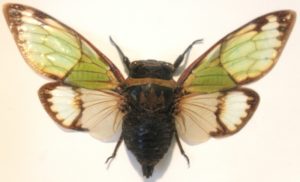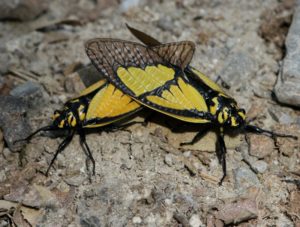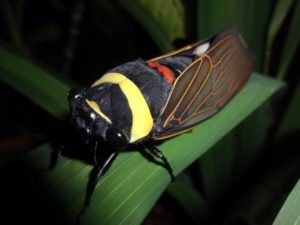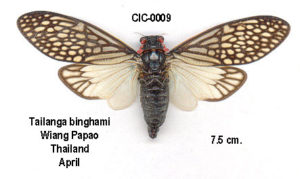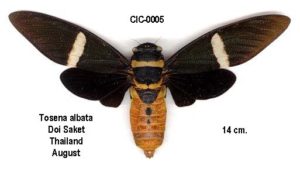
There are over 3,390 species of cicadas in the world1. The species on this site represent a fraction of those. Start your journey by choosing a regional link below.
U.S and Canada specific guides:
- Common cicadas of the United States and Canada, includes photos, songs & locations.
- Davis’ Key to Species of the Genus Tibicen found in the Southeastern United States. Works for Northeast and Midwest too.
- 17 & 13 Year Periodical Cicadas, Broods, photos, songs and information.
- North American Cicada Websites.
North American Cicada pages that feature cicada calls:
*Magicicada are periodical cicadas, so you will only find them every 13 or 17 years.
** Okanagana and Platypedia are often proto-periodical, and do not appear every year, but they are not as predictable as periodical cicadas. Read Guessing at when the next Platypedia or Okanagana hatch will happen and Platypedia putnami survey at Horsetooth Mountain Open Space by Tim McNary.
Cicada by State:
Alabama, Arizona, Arkansas, California, Colorado, Connecticut, Delaware, Florida, Georgia, Idaho, Illinois, Iowa, Indiana, Kansas, Kentucky, Louisiana, Maine, Maryland, Massachusetts, Michigan, Minnesota, Mississippi, Missouri, Montana, Nebraska, Nevada, New Hampshire, New Jersey, New Mexico, New York, North Carolina, North Dakota, Ohio, Oklahoma, Oregon, Pennsylvania, Rhode Island, South Carolina, South Dakota, Tennessee, Texas, Utah, Vermont, Virginia, Washington, West Virginia, Wisconsin, Wyoming.
Cicadas by Canadian Provence:
Alberta, British Columbia, Manitoba, New Brunswick, Nova Scotia, Northwest Territories, Ontario, Prince Edward Island, Quebec, Saskatchewan.
Cicadas around the world:
Africa (Continent), Argentina, Asia (Continent), Australia, Bolivia, Borneo, Brazil, Brunei, Burma, Cambodia, Cameroon, Canada, Caribbean, Central America, China, Colombia, Costa Rica, Croatia, Cuba, Cyprus, Dominican Republic, Ecuador, Egypt, England, Europe (Continent), Fiji, France, French Guiana, Guatemala, Guyana, Honduras, India, Indonesia, Italy, Japan, Korea, Laos, Madagascar, Malaysia, Mexico, Namibia, Nepal, New Zealand, Nicaragua, Nigeria, North America (Continent), Panama, Papua New Guinea, Paraguay, Philippines, Puerto Rico, Romania, Singapore, Slovenia, Solomon Islands, South Africa, South America (Continent), Spain, Sri Lanka, Sumatra, Taiwan, Tanzania, Thailand, The Central African Republic, The Democratic Republic of the Congo, Tibet, Turkey, United States, Venezuela, Vietnam, Zaire
World Wide Cicada Websites:
- Japan: Cicadae in Japan
- Southeast Asia: Phantastic songs of the S.E. Asian cicadas!
- Borneo: Cicada sounds of Borneo
- Australia: The cicadas of central-eastern Australia
- Europe: Songs of European Cicadas, SONGS OF CICADAS from Slovenia and Istria (Croatia)
- Brazil: Cigarras do Brasil
- Worldwide: BioAcoustica has many cicada songs, including Brevisiana brevis, the loudest cicada.
- Worldwide: Global Biodiversity Information Facility cicada database
- Which cicada is the loudest?
Periodical cicada forecasts:
There are two known species of periodical cicadas that are not Magicicada . One lives in Chremistica ribhoi in India and the other in Raiateana knowlesi in Fiji.
| YEAR! | Chremistica ribhoi in India | Raiateana knowlesi in Fiji | Magicicada in the U.S. |
|---|---|---|---|
| 2024 | Leap Year brood | Brood XIX, Brood XIII | |
| 2025 | YES | Brood XIV | |
| 2026 | World Cup brood | ||
| 2027 | Brood XXII | ||
| 2028 | Leap Year brood | Brood XXIII | |
| 2029 | Brood I | ||
| 2030 | World Cup brood | Brood II | |
| 2031 | Brood III | ||
| 2032 | Leap Year brood | Brood IV | |
| 2033 | YES | Brood V | |
| 2034 | World Cup brood | Brood VI | |
| 2035 | Brood VII | ||
| 2036 | Leap Year brood | Brood VIII | |
| 2037 | Brood IX, Brood XIX | ||
| 2038 | World Cup brood | Brood X | |
| 2039 | |||
| 2040 | Leap Year brood | ||
| 2041 | YES | Brood XIII |
Cicada Tribes 2:
Arenopsaltriini, Carinetini, Cicadatrini, Cicadettini, Cicadini, Cosmopsaltriini, Tacuini (Cryptotympanini), Cyclochilini, Dundubiini, Fidicinini, Gaeanini, Hyantiini, Lahudadini, Lamotialnini, Leptopsaltriini, Macrotristriini, Oncotympanini, Parnisini, Platypediini, Platypleurini, Polyneurini, Psaltodini, Psithyristriini, Sonatini, Talaingini, Taphurini, Tettigadini, Thophini, Tibicinini, Tosenini, Zammarini
Cicada Genera:
Afzeliada, Aleeta, Ambragaeana, Amphipsalta, Anapsaltoda, Angamiana, Antankaria, Arenopsaltria, Ariasa, Arunta, Auritibicen, Ayesha, Ayuthia, Balinta, Basa, Beameria, Becquartina, Berberigetta, Cacama, Calliopsida, Callogaeana, Calyria, Carineta, Champaka, Chlorocysta, Chonosia, Chremistica, Chrysolasia, Cicada, Cicadatra, Cicadetta, Cicadettana, Cicadmalleus, Clidophleps, Clinopsalta, Cornuplura, Cosmopsaltria, Cryptotympana, Cyclochila, Cystosoma, Daza, Derotettix, Diceroprocta, Diceropyga, Diemeniana, Distantalna, Dorachosa, Dorisiana, Dundubia, Euryphara, Euterpnosia, Fidicina, Fidicinoides, Formotosena, Gaeana, Graptopsaltria, Hadoa, Hamza, Haphsa, Hemisciera, Heteropsaltria, Hilaphura, Huechys, Hyalessa, Ioba, Kamalata, Kikihia, Koma, Kongota, Lahugada, Lembeja, Leptopsaltria, Lethama, Lyristes, Macrosemia, Macrotristria, Magicicada, Majeorona, Maoricicada, Mata, Maua, Megapomponia, Megatibicen, Meimuna, Miranha, Mogannia, Muansa, Munza, Myopsalta, Neocicada, Neoplatypedia, Neopsaltoda, Neotibicen, Odopoea, Okanagana, Okanagodes, Ollanta, Oncotympana, Orialella, Orientopsaltria, Pacarina, Pachypsaltria, Pauropsalta, Platylomia, Platypedia, Platypleura, Polyneura, Pomponia, Proarna, Procollina, Psaltoda, Psithyristria, Purana, Pycna, Quesada, Raiateana, Salvazana, Semia, Sulphogaeana, Tacua, Talainga, Tanna, Taona, Terpnosia, Tettigades, Tettigarcta, Tettigettalna, Thopha, Tibicen, Tibicina, Tibicinoides, Tosena, Trengganua, Tugelana, Tympanoterpes, Uhleroides, Umjaba, Yanga, Yezoterpnosia, Yoyetta, Zammara
1 The Catalogue of the Cicadoidea (Hemiptera: Auchenorrhyncha) by Allen F Sanborn. Academic Press. 14th November 2013.
2 Tribe information comes from: MARSHALL, DAVID C. et al.=A molecular phylogeny of the cicadas (Hemiptera: Cicadidae) with a review of tribe and subfamily classification.Zootaxa, [S.l.], v. 4424, n. 1, p. 1-64, may 2018. ISSN 1175-5334. Available at: https://www.biotaxa.org/Zootaxa/article/view/zootaxa.4424.1.1.

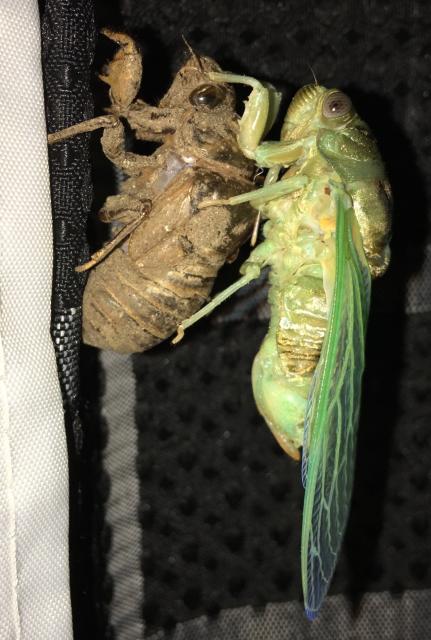
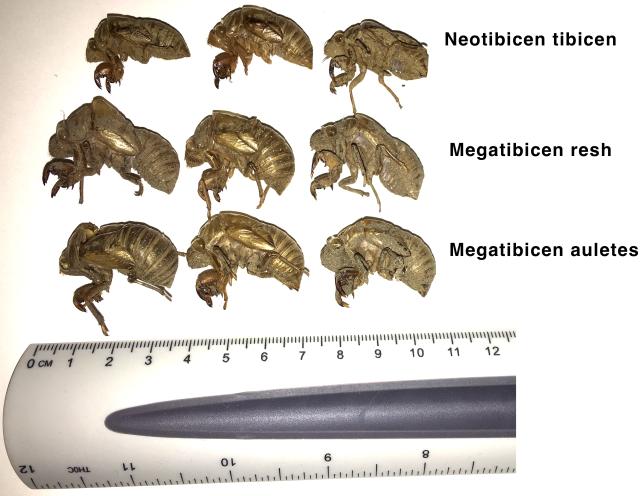
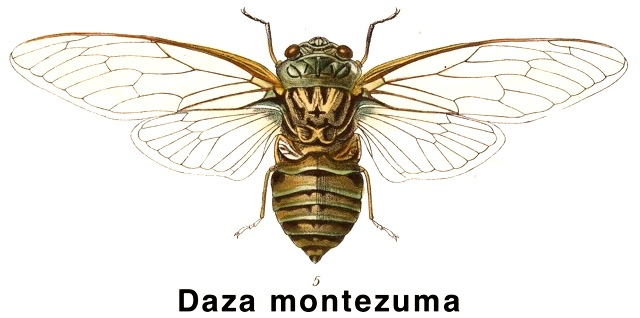
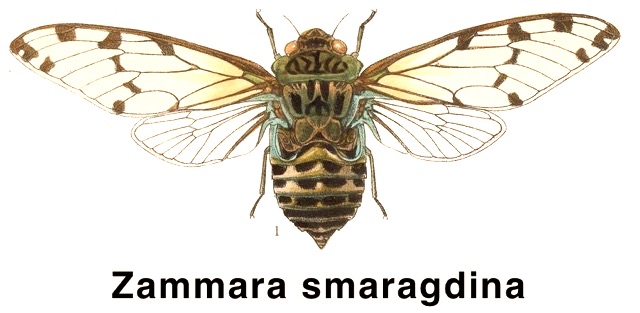

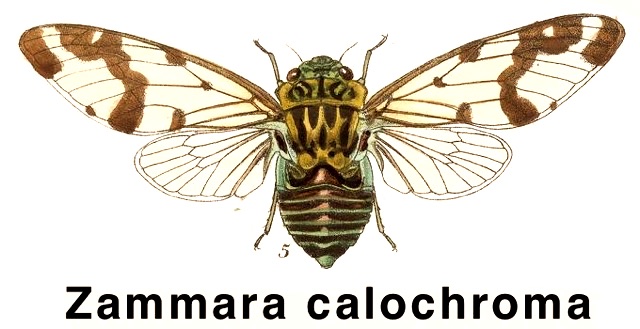
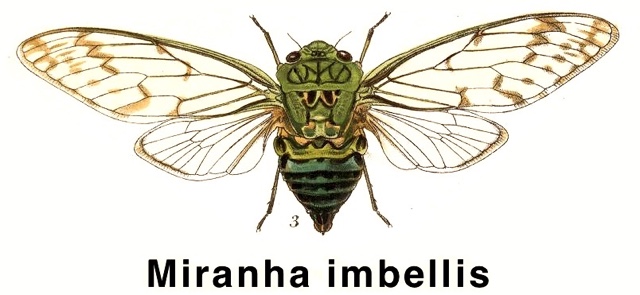
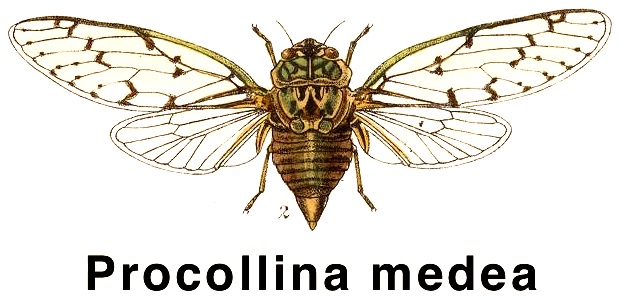
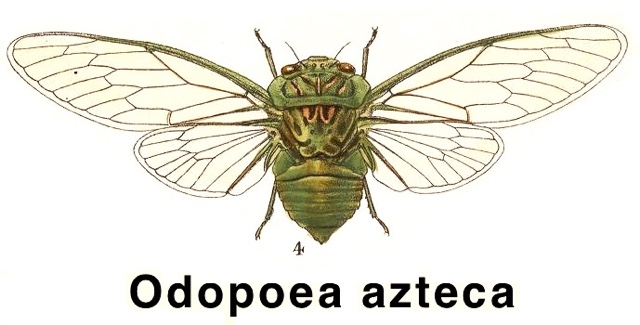
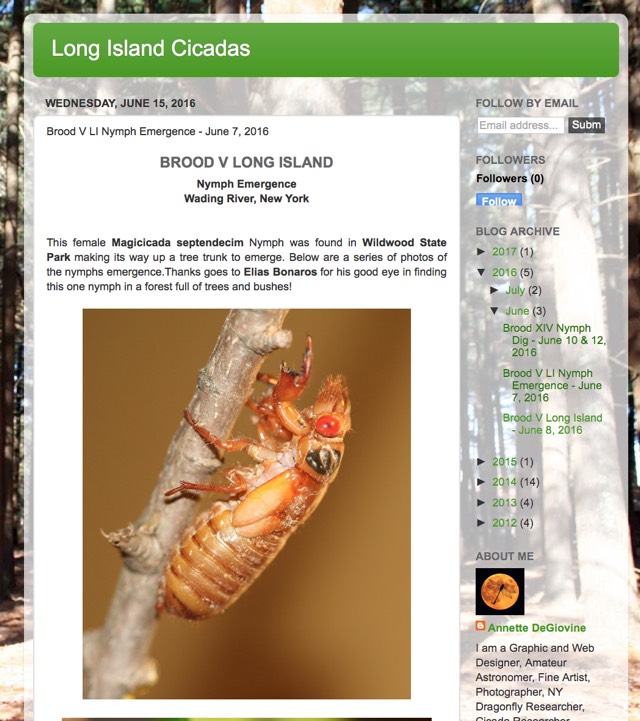
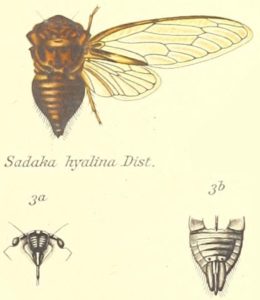
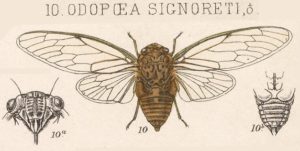
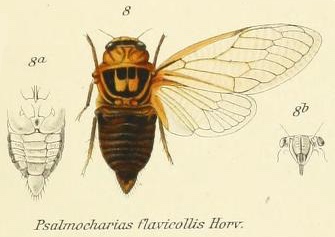
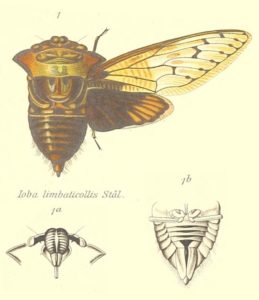

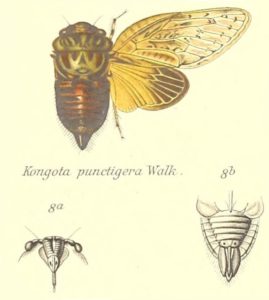
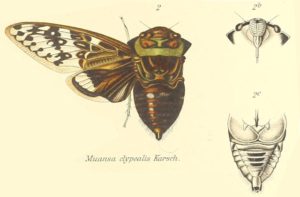
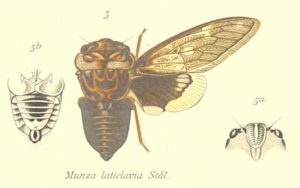
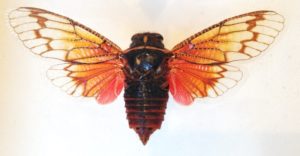
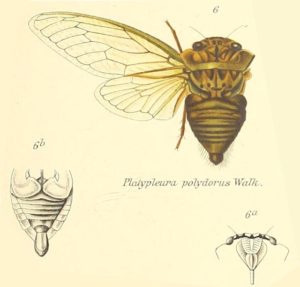
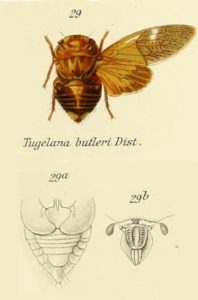
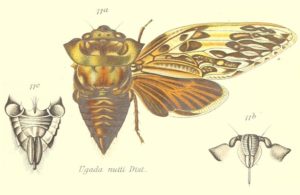

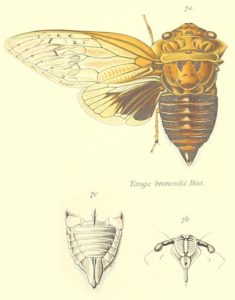
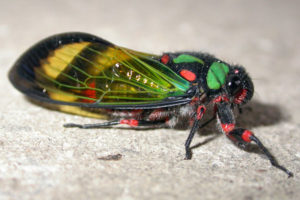
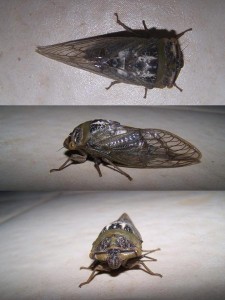
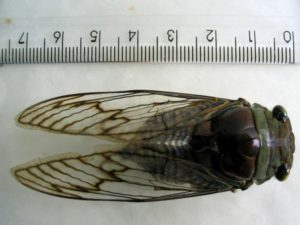
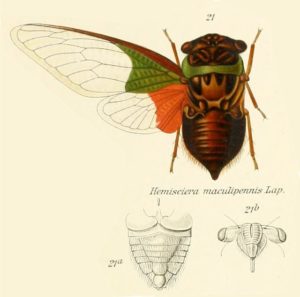
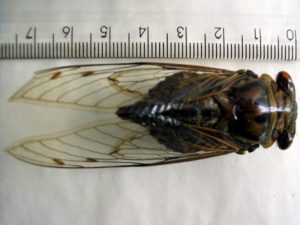
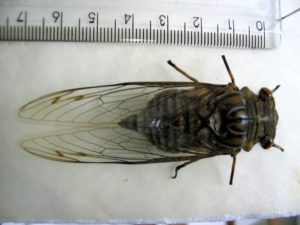
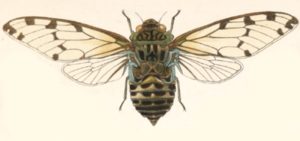
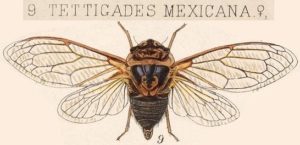
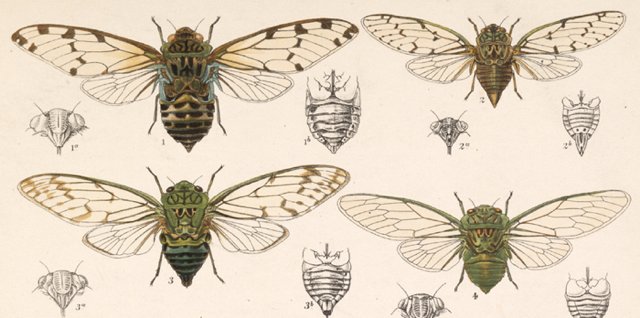
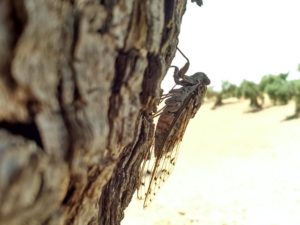
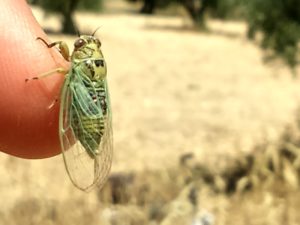
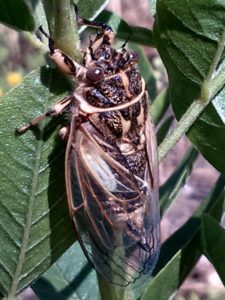
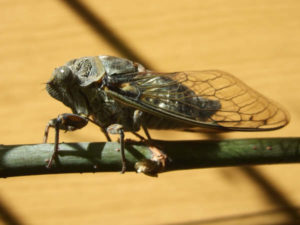
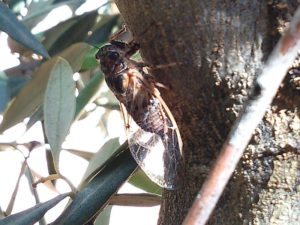
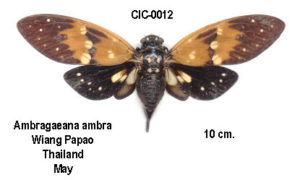
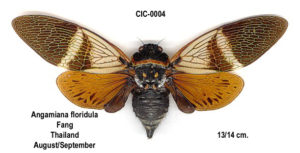
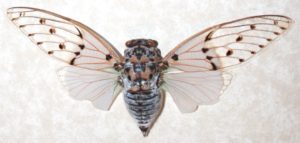
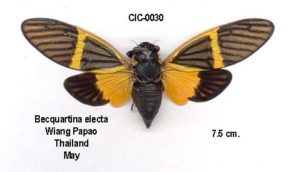
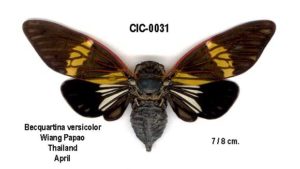
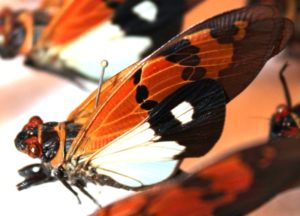
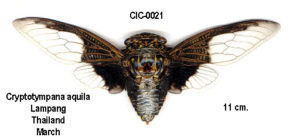
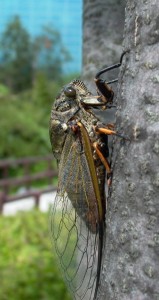
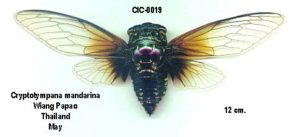
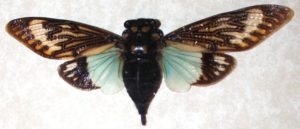
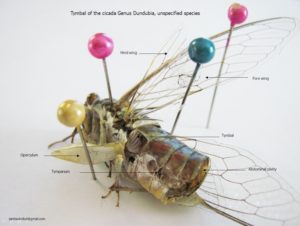
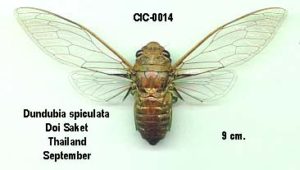
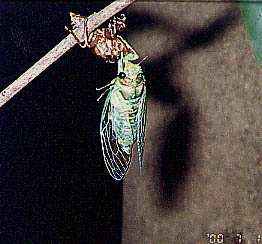
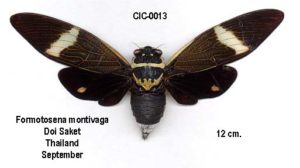
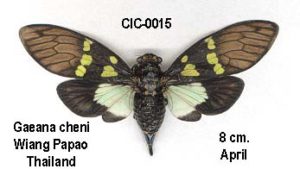
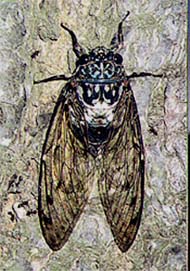 Hyalessa maculaticollis maculaticollis
Hyalessa maculaticollis maculaticollis 